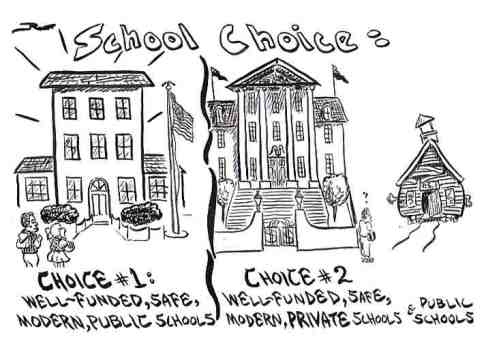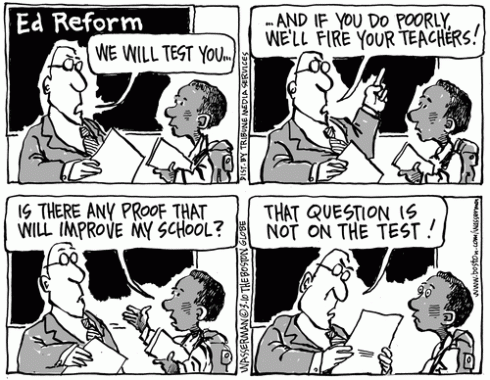In recent years, the Khan Academy has attracted great attention because of the free education it provides to anyone regardless of its participants’ location. As a non-profit organization, the Khan Academy provides free education materials covering Math, Science, Finance, History, Art, and other subjects using online videos through YouTube. By providing supplementary education free of charge, the Khan Academy may be perceived as a mainstream alternative to private tutoring. At the same time, however, it has been criticized for the quality of education it provides. So, let’s thoroughly examine the Khan Academy to get a better understanding about its emerging role in the field of education.
As noted on the Khan Academy’s website, the story started with Sal Khan’s intention to tutor his cousins in math. Since it was difficult to set a different schedule for each of his cousins, Sal Khan used YouTube for sharing his course notes with the cousins. As time passed, Khan’s YouTube videos raised interest among many other people, indicating a broader demand for these types of instructional educational materials which eventually lead to the establishment of the Khan Academy.
The Khan Academy has been viewed as an increasingly important trend in the field of education, and Sal Khan started to appear on talk shows like TED Talks. The popularity which the Khan Academy gained in such a relatively short amount of time opened more doors for the Academy. For example, the Academy received $2 million from Google and $1.5 million from the Bill and Melinda Gates foundation to expand the number of course offerings and translate the core library into other languages.
There are many people who see the Khan Academy as an important new tool in the field of education, especially valuable for students who need additional educational support but do not have enough money to afford private tutoring. Based on a review of the Academy’s website and users’ comments, it seems that the Khan Academy does a great job of making various kinds of videos available for the public, and teaching various subjects in a systematic way. With the addition of videos in different languages, it seems that the Khan Academy will continue its upward trend in terms of providing additional support and supplementary education to many others.
Nevertheless, many critics raise questions about the quality of education that the Khan Academy provides. Some argue that the evidence about the educational benefits of Khan Academy lessons is purely anecdotal and that it is necessary to examine empirically whether the Khan Academy actually “helps” students. In a very popular video, Michigan professors David Coffey and John Golden harshly criticize some of the math videos broadcasted by Sal Khan, arguing that they promote “a shallow understanding of math.” Likewise, Dan Meyer (a doctoral candidate at Stanford University) and blogger Justin Reich organized an online contest offering a $750 award for the best online critique of Khan Academy videos. Interestingly enough, all these critics applaud the mission of the Khan Academy to some extent, emphasizing the importance of providing free online education. However, their main concern is whether the Khan Academy will break new ground in providing quality education.
In conclusion, even though there is a growing trend in seeing the Khan Academy as an important tool for reaching out to more students and helping close the educational gap, the question of the quality of education remains urgent. If the Academy seriously considers its critiques and takes the necessary steps to address its problems, it is likely that it will better serve its goals.




